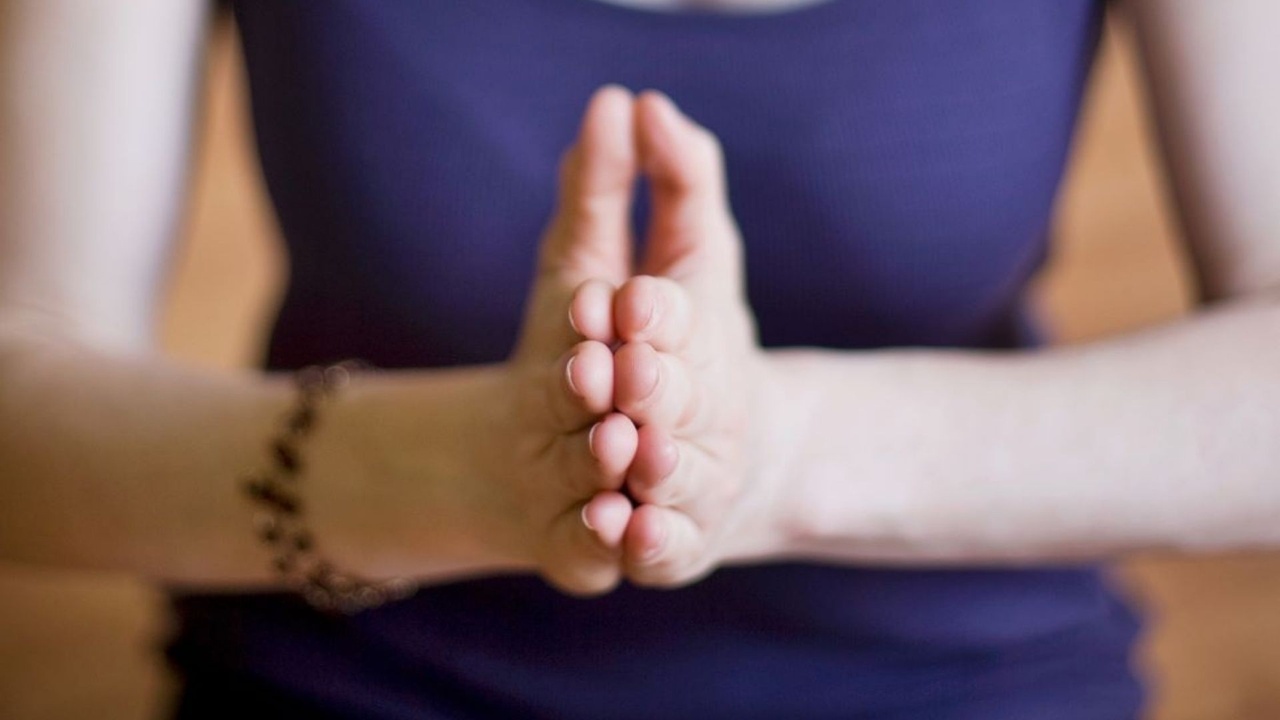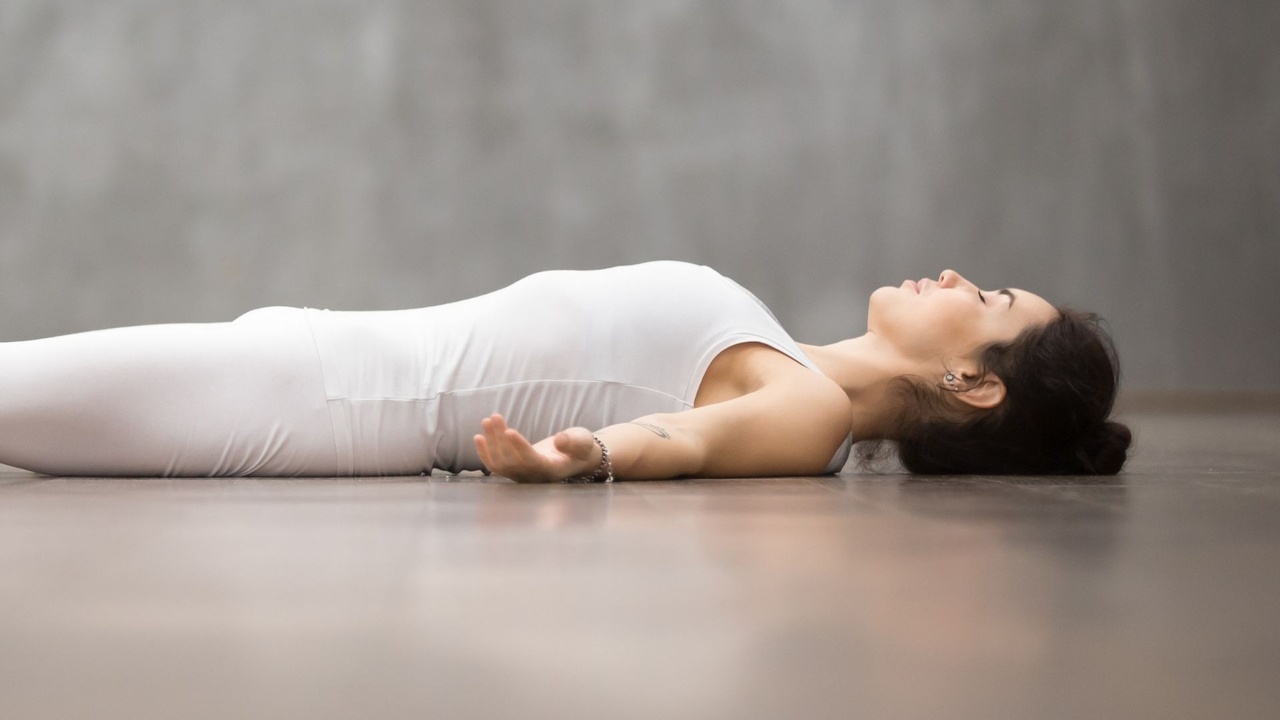Beyond Asana Blog
My weekly blog is a forum for contemplative inquiry into the intersection of yoga practice, traditional teachings, and real life.
From where I sit in Southern Quebec, it’s clear that this week is about letting go. In nature, of course, that is happening gracefully, organically, and precisely as it should be. In my own very human life, however, letting go isn’t always that natural or easy.
I sometimes wonder why my mind and body clearly prefer holding on to unproductive thoughts and limiting patterns rather than releasing into the joy and freedom that come when I’m willing to let it all fall away? Maybe a better question is: How can I facilitate releasing what’s ready to be let go of?
By softening physical tension, yoga invites us to first notice, and then surrender, habitual patterns of movement in asana in favor ...
Father Joe Pereira is a Indian Roman Catholic priest, a beloved senior Iyengar Yoga Teacher, and a social worker who worked closely with Mother Theresa for decades. He founded the Kripa Foundation, which offers holistic-oriented programs for the rehabilitation of HIV patients and people affected by substance abuse.
I met Father Joe a few years ago and we spoke about the role of service in yogic life. He told me:
Service is a natural outcome of a practitioner who looks at this practice as a gift.… you can’t keep it to yourself, you want to share it with somebody…Mother Theresa started by getting this inspiration that people are thirsty for love. And the people who were not being loved is wh...
Subtle takes time.
In the space of sustained inner attention, awareness penetrates beneath the obvious to notice and capture insights in our practice.
Subtle can’t be downloaded or clicked on.
It’s delicate like the wings of a Gossamer butterfly.
Yes, practice gives us the opportunity to develop the strength of mind and sensitivity needed to refine our perception and grasp what might otherwise remain elusive.
The question is, how much do we value it? And more importantly, are we willing to unplug and simply stay put with our experience long enough for the subtle to emerge?
The secret to longevity in yoga practice is a willingness to begin again.
If you’re ready to get back on your mat and recommit to a regular rhythm of practice, you’re in good company. Getting disconnected from, and subsequently coming back to your practice is something all longtime practitioners will do at one time or another.
As you continue down the road of yoga, the question isn’t whether you’ll get disconnected from your practice, it's how will you bring yourself back?
Here are my top ten tips for starting again:
1. Welcome yourself even more unconditionally than usual.
2. Begin with something you love that feels great in your body and go from there. (Rolling around on the floor counts.)
3....
It’s Pitru Paksha, the two-week period in the Hindu calendar (September 21-October 5 this year) dedicated to honoring one’s ancestors.
This traditionally includes your parents, grandparents, and great-grandparents. It can also be extended to include teachers, friends, mentors, and even pets that have departed.
It’s a great time to acknowledge with gratitude the legacy of wisdom or protection that you've received from loved ones or trusted elders who have passed. You might consider how you continue to benefit from their guidance and love in your life.
What if the blessings of your ancestors were in a box that you could open and release into your life at will?
But even if you don’t relate to...
It might be more efficient to make your morning coffee the night before and microwave it when you wake up. But most of us don’t do that because, well, it’s just not the same.
Like your morning beverage, yoga is so much more potent and powerful when it’s served up fresh.
What good is all the information that´s in all those wonderful books you’ve read and notes you've taken if you can’t apply it to your life?
My experience is that yogic knowledge is never a one-and-done affair. It needs to be refreshed, remembered, and re-enlivened so it’s not just something I understood once upon a time but living wisdom that’s available to me in the present moment, where it really counts.
For example, thi...
Man is the only creature who refuses to be what he is.
- Albert Camus, French philosopher
We've turned the corner into September and there's no looking back. As you head into the rhythm of Autumn, it’s a perfect time to renew your sense of purpose. What fuels you? What keeps you focused, motivated, and enthusiastic? What helps you maintain a healthy perspective?
I contemplated these questions over the Labor Day weekend. I sat in my favorite spot, on a large rock in the middle of a mountain stream and considered my purpose for my work and practice this season. A lot came to me, including this:
Dharma, sacred purpose, is everywhere in nature.
The dharma of a stream is to flow.
The dharma of a p...
"May I not be limited by what I think I know."
This is a prayer I often make at the start of my yoga practice.
It expresses my desire to be open, to receive, and to grow beyond (and sometimes despite) my assumptions, biases, and expectations.
A willingness to learn, question, and try things out are part of fulfilling this intention. Ultimately, I think the seasoned student approaches everything about yoga not as a subject to be mastered in a given number of classes or training hours, but as a lifelong path of growth and self-discovery. This is what keeps your studentship and your practice vibrant.
In over 25 years of sharing yoga, I haven't always felt like I was a skilled teacher. But becaus...
Truth be told, I'm looking forward to next Tuesday. This is the day when my daughter goes back to school and our family schedule will return to, well, being more scheduled. This week, we’re in that liminal time all parents of school age children know well: post-summer activities, pre-academic year.
Still, I stick to my morning routine as best I can. For what it’s worth, I've broken down the most successful version of it, in case you too are ready to reset your schedule:
1. Grounding (sitting quietly, looking out the window from my favorite spot on the couch, sipping my morning coffee)
2. Connecting to the sacred (meditating, contemplating)
3. Recommitting to my intention and mindset (journa...
It’s the a-ha that answers the question we have been asking ourselves.
It’s the bright idea that floats effortlessly to the surface of our awareness.
It’s the creative solution to a problem that arises seemingly out of nowhere.
How many times have we heard or experienced this? The answers we seek come after we have let go of all effort.
Psychologists might give one explanation for this, productivity specialists another. But yoga has a particular take on how this phenomenon works.
In yoga, our mind is seen not only as our faculties of questioning, thinking, analyzing, reasoning, ruminating, and so on. Yoga recognizes there is also an aspect of our mind that's a conduit for our inner wisdom.
...










